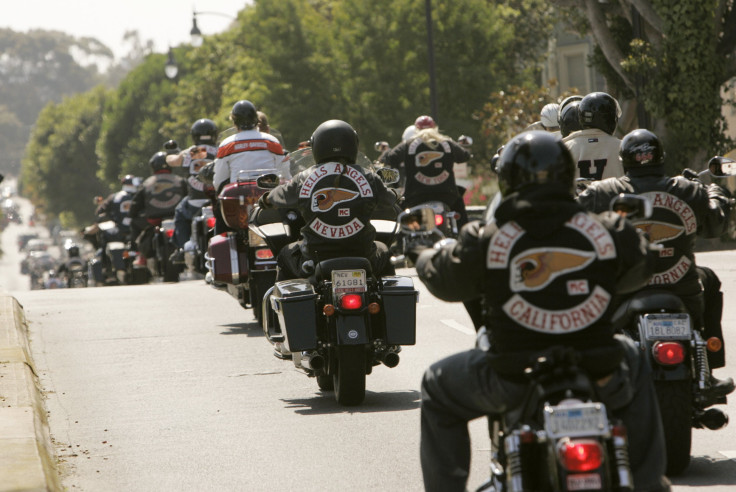Waco Biker Shootout: The Origin Of US Biker Gangs And Their Rise Into Organized Crime

The gunfight that engulfed the parking lot of a Twin Peaks restaurant in Waco, Texas, over the weekend was many people’s first glimpse into the sometimes bloody underground world of U.S. biker gangs. The origins of this American counterculture go back decades, although its effects weren’t always so explosive. How American motorcycle gangs went from relatively nonviolent social clubs for disillusioned war veterans to agents of organized crime (in some cases) has to do with the rise of the modern-day American outlaw.
There are about 3,000 active motorcycle gangs in the U.S. today, but their members make up just 2.5 percent of U.S. gang culture, according to the FBI’s 2013 National Gang Report. At the same time, they account for around 11 percent of all gang-related violence.
The history of U.S. biker gangs dates back to World War II, when veterans returning from overseas started buying motorcycles with their severance pay. They retreated to bars and other drinking establishments to “drown the memories of battle with booze” and to “heal the scares of armed conflict with laughter,” historian William Dulaney, an expert on biker gang culture, wrote in 2005. For men who were used to the camaraderie of wartime, it was a natural fit. Among the first (and still most famous) biker gangs were the Hells Angels, founded in Fontana, California, in 1948.
“Combat roles became master statuses for veterans who could not tolerate military discipline but linked their self-image to the small-group camaraderie and risk-taking of military service,” James F. Quinn, a professor at the University of North Texas who specializes in motorcycle gangs, wrote in a 2010 paper. Many veterans were ill at ease with “conventional activities” and were “threatened with a loss of identity, companionship, and security as military involvement ceased.” By some accounts, biker gangs served a function like churches, allowing members to feel like they belonged to something larger than themselves. Veterans who felt isolated from the mainstream American culture found comfort in the company of their fellow warriors.
The biker gang image unmistakably mirrored the spirit of the American Old West, a period often romanticized in folklore, fiction and film for its ideals of freedom and nonconformity. This is often apparent in the gangs’ names – the Bandidos (the Spanish word for bandit), the Outlaws and the Pagans, to name a few.
Initially, the subculture’s rebellious streak was limited to minor drug deals, bar brawls and traffic violations. But as the subculture expanded in the 1960s, more ambitious leaders took over larger clubs and led them into illegal activities, including large-scale drug production and trafficking, extortion, racketeering and prostitution. “The profits and power provided by the criminal activity became a goal unto themselves within some clubs,” Quinn wrote.
Sunday’s gunfight between the warring Bandidos and Cossacks, rivals for decades, was the latest outbreak of biker gang violence. The Bandidos are considered one of the most feared motorcycle gangs in the world, with more than 2,000 members and 90 chapters across the U.S., Canada, and 13 other countries, according to the FBI. Among the gang’s criminal activities is drug trafficking, particularly involving cocaine and marijuana, and producing and selling methamphetamines.
The Bandidos have proudly called themselves a “1 percenter” biker club, referring to an American Motorcycle Association quote from 1960s that claimed that 99 percent of motorcycle bikers were law-abiding, according to the New York Daily News.
Their antagonists in the shootout, the Cossacks, had apparently disrespected the Bandidos by wearing the Texas state name on the back of their vests – something Bandidos, the larger of the two groups, have claimed as their own. Nine people were killed and at least 18 were wounded in the Waco shootout. Nearly 200 bikers were arrested and face charges including organized crime activities.
© Copyright IBTimes 2024. All rights reserved.






















